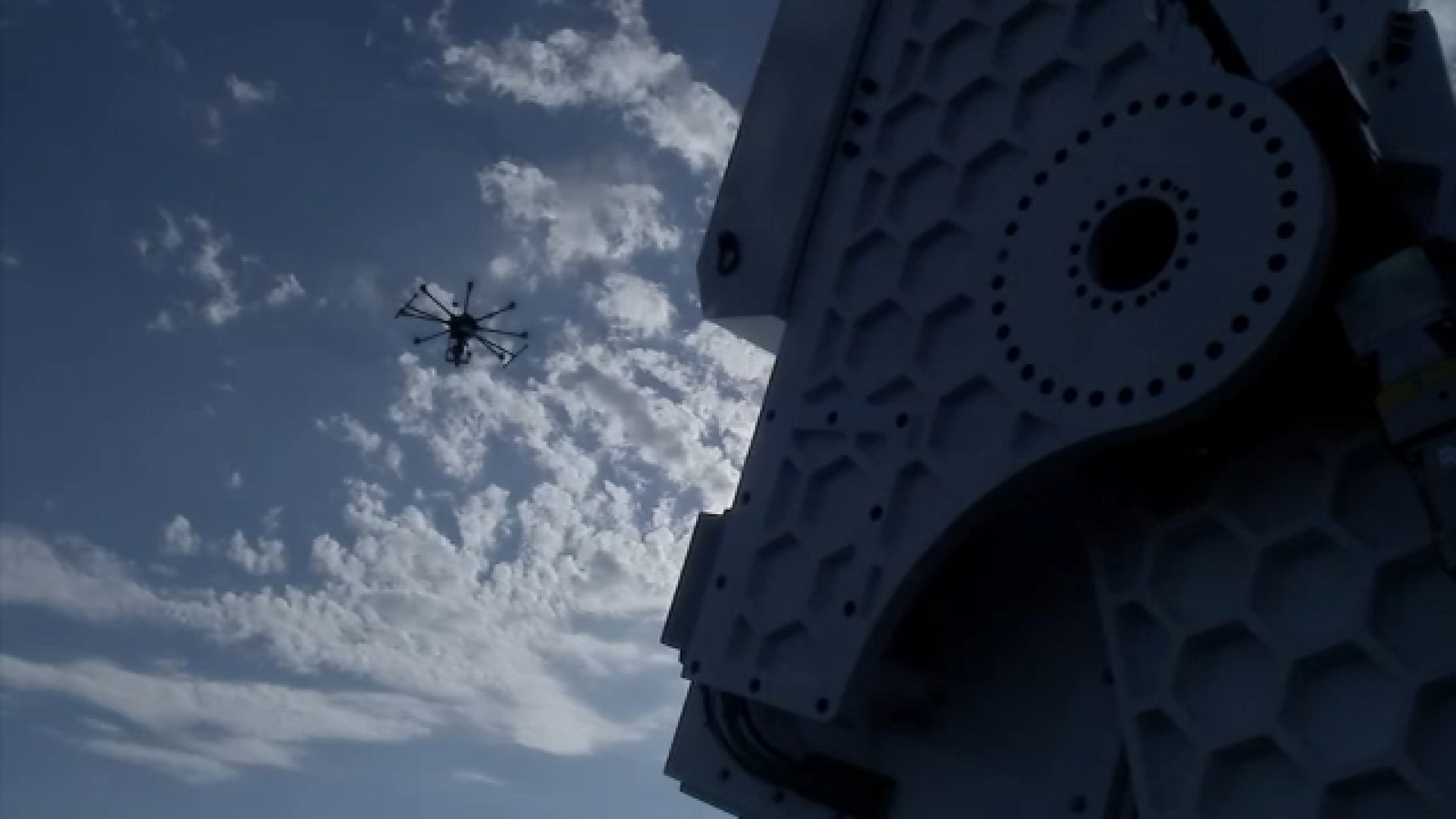Revolutionary Phased Array Radar: A Glimpse into Australia's Weather Forecasting Future

Australia's weather forecasting capabilities are on the cusp of a dramatic transformation, driven by the advancement of phased array radar technology. Unlike traditional weather radars, phased array systems offer unprecedented speed, accuracy, and flexibility. This article delves into the timeline of this exciting technology, explores its current applications, and examines its potential to reshape how we understand and prepare for Australia's diverse weather patterns.
What is Phased Array Radar and Why is it a Game Changer?
Traditional weather radars operate by rotating to scan the atmosphere. This process can be slow, providing snapshots of weather conditions every few minutes. Phased array radar, however, employs a flat array of numerous antennas. By electronically steering the radar beam without physical movement, it can scan the sky much faster – potentially multiple times per minute. This rapid scanning capability allows for near real-time monitoring of weather events, providing a far more detailed and dynamic picture of atmospheric conditions.
The HORUS Project: A Showcase of Australian Innovation
The HORUS (High-resolution Operational Radar for Storms) project serves as a compelling example of this technology in action. Developed by researchers at RMIT University, HORUS is a prototype phased array radar demonstrator. Its ability to generate high-resolution, three-dimensional scans of storms has already yielded valuable insights into rainfall patterns, wind gusts, and even the internal structure of thunderstorms. The data collected by HORUS is helping scientists refine weather models and improve the accuracy of forecasts.
A Timeline of Progress: From Concept to Deployment
The development of phased array radar has been a gradual process spanning several decades. Early research laid the groundwork for the technology, but it wasn't until recently that advancements in computing power and antenna technology made it practical for weather forecasting applications. Key milestones include:
- 1960s-1970s: Initial research into phased array radar for military applications.
- 1990s: Early explorations of phased array technology for weather observation, hindered by limited computing capabilities.
- 2000s: Increased investment in phased array radar research, leading to the development of prototype systems.
- 2010s: The HORUS project and other international initiatives demonstrate the feasibility of operational phased array radar.
- Present & Future: The Bureau of Meteorology is actively evaluating phased array radar for potential integration into Australia’s weather radar network.
The Future of Weather Forecasting in Australia
The prospect of widespread phased array radar deployment in Australia holds immense promise. Here's what we can expect:
- Improved Accuracy: More frequent and detailed scans will lead to more accurate forecasts, particularly for severe weather events like thunderstorms, flash floods, and hailstorms.
- Faster Warnings: The ability to detect and track storms in real-time will enable earlier and more targeted warnings, giving communities more time to prepare.
- Enhanced Monitoring: Phased array radar can provide valuable data for research, helping scientists better understand the complex processes that drive Australia's weather.
- Potential Replacement of Existing Systems: While a full replacement isn't imminent, it's realistic to envision phased array radar gradually replacing traditional weather radars over the next 10-15 years, leading to a more sophisticated and resilient weather monitoring network.
Challenges and Considerations
Despite the considerable benefits, there are challenges to overcome. The initial investment cost for phased array radar systems is higher than for traditional radars. Furthermore, the vast amount of data generated by these systems requires significant computational resources and expertise to process and interpret. However, ongoing technological advancements are steadily reducing these costs and improving data processing capabilities.
The transition to phased array radar represents a significant leap forward for Australia's weather forecasting capabilities. As the technology matures and becomes more accessible, it promises to deliver more accurate, timely, and actionable weather information, ultimately helping Australians stay safe and informed.






